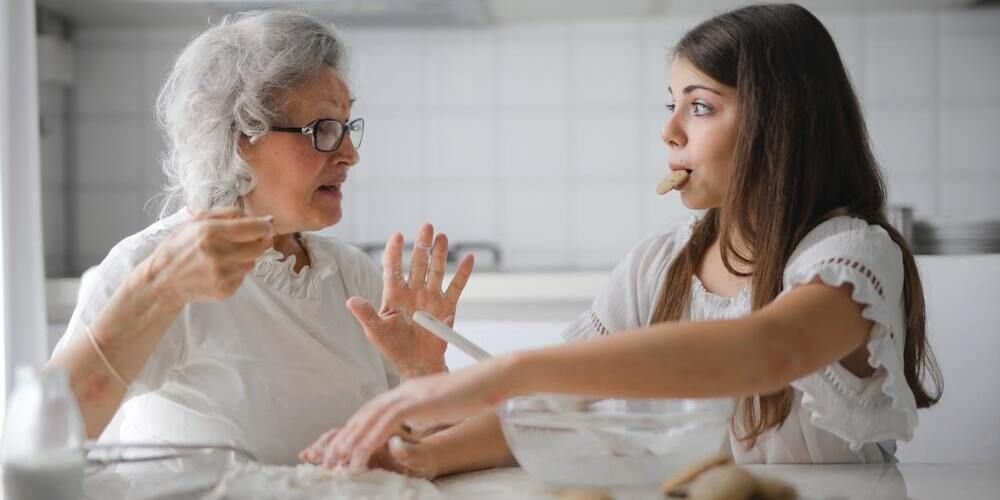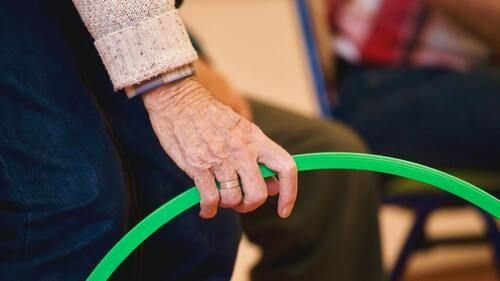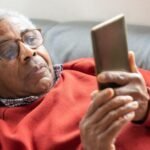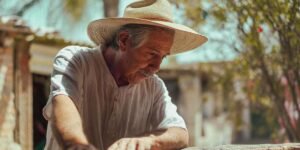
What Should the Elderly Do if Their Skin Becomes Thinner? Methods to Improve the “5 Major Skin Problems” of Seniors
Skin is the outermost protective organ of the human body. Like other parts of the body, it also ages with age. The skin of seniors will become more sensitive and fragile. Some skin conditions are considered normal signs of aging, while others may It is a symptom of an underlying health problem. Listed below are the 5 most common skin conditions among silver-haired people, as well as tips for improving them, for readers’ reference.
1.Dry skin
Dry skin is usually not a serious health problem, but it can sometimes make people feel uncomfortable. The skin on the elbows, elbows, outer forearms and lower legs of many elderly people will become rough, cracked and itchy. Some of them are Due to not drinking enough water and stress in life, insufficient sebum secretion, aging sweat glands, less sweating, skin dehydration and lack of oil may be the culprits of dry skin.
Small steps to improve:
- Use a lotion-based soap or cleanser, or a soap specifically designed for dry skin, or even cleanse with just warm water.
- Apply lotion designed for dry and sensitive skin.
2. Skin becomes thinner and bruises easily
Bruises are not considered a skin disease, but bruises are often seen on the hands and feet of older people. This is because the capillary walls under the skin become thinner and more fragile with age or medication. Broken with a light collision.
Small steps to improve:
- Apply a cold compress to slow blood flow to the bruised area and relieve inflammation.
- Avoid medications that can cause bruising, such as aspirin, which inhibits platelet clotting, and anticoagulant medications.

3. Pressure Injury
Pressure injury, also known as bedsores, often occur on elderly people who are bedridden for a long time or have limited mobility. The skin will become red, swollen, and blistered.
Small steps to improve:
- Change positions frequently and turn over once every 2 hours.
- Regular massage can promote blood circulation in the elderly.
- Use a soft mattress like collodion to help disperse pressure.
- In the event of severe redness, swelling or broken skin that does not go away, please consult a doctor or nurse as soon as possible for treatment options.
4. Shingles
Shingles and chickenpox are caused by the same virus. The virus will lie dormant in the nerve ganglia. Once the immunity of the elderly weakens, the virus will begin to activate and be released along the peripheral nerves to fight against immune cells. It causes unbearable pain such as stinging and burning, and a string of blisters may appear on the skin along the nerves, which is itchy and difficult to scratch. Shingles can last from 2 to 4 weeks, and post-herpetic neuralgia can last from 1 to 3 months due to nerve damage. The risk of developing shingles increases with age
Small steps to improve:
- A regular daily routine can improve the body’s immunity.
- Get the shingles vaccine.
5. Skin cancer
The fragile skin of the elderly is easily damaged by the sun, and they may get sunburned after just 15 minutes in the sun. Therefore, they should strengthen sun protection and wear UV protective gear, long-sleeved shirts, sun hats, and sunglasses. etc. to protect the skin from UV rays. The following are 3 types of skin cancer common among seniors:
- Melanoma
- Basal Cell Carcinoma (BCC)
- Squamous Cell Carcinoma (SCC)
In addition, always pay attention to moles on your body for the following changes:
- The size, shape, color and number of moles
- Changes in appearance, especially moles with bumpy edges and irregular shapes
- Moles with inconsistent colors
- Asymmetrical mole
- It may itch, and the surface of the mole may become scabbed, scaly, or oozing blood.












